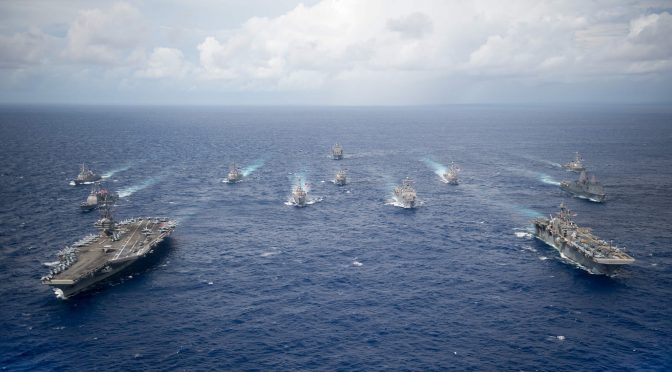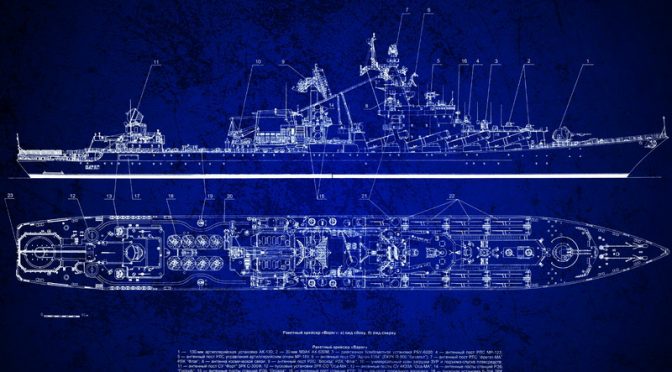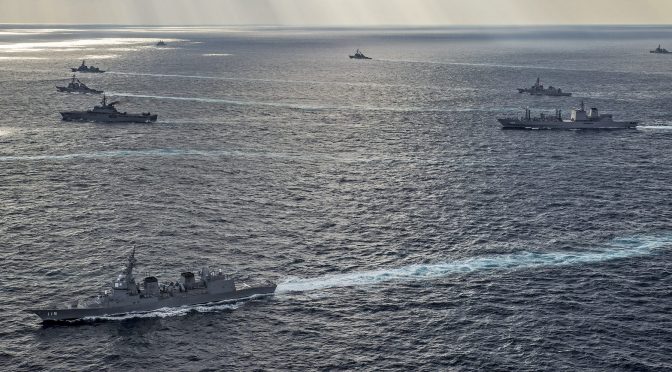By Dmitry Filipoff
This week CIMSEC is hosting articles that explore alternative naval force structures. Naval force structure is the composition of a fleet and is guided by strategic imperatives, technological enablers, and has far-reaching implications for activities across the naval enterprise and maritime space. The Call for Articles may be read here. Below is a list of articles featuring during the topic week, which will be updated as the topic week rolls out and as prospective authors finalize additional publications.
The Perils of Alternative Force Structure by Steve Wills
Unmanned-Centric Force Structure by Javier Gonzalez
Proposing A Modern High Speed Transport – The Long Range Patrol Vessel by Tom Meyer
No Time To Spare: Drawing on History to Inspire Capability Innovation in Today’s Navy by Bob Hein
Enhancing Existing Force Structure by Optimizing Maritime Service Specialization by Eric Beaty
Augment Naval Force Structure By Upgunning The Coast Guard by Chuck Hill
A Fleet Plan for 2045: The Navy the U.S. Ought to be Building by Jan Musil
Closing Remarks on Changing Naval Force Structure by CAPT Wayne P. Hughes Jr., USN (Ret.)
Dmitry Filipoff is CIMSEC’s Director of Online Content. Contact him at [email protected].
Featured Image: PHILIPPINE SEA (Sept. 23, 2016) USS Ronald Reagan (CVN 76) and USS Bonhomme Richard (LHD 6) lead a formation of Carrier Strike Group 5 and Expeditionary Strike Group 7 ships including USS Momsen (DDG 92), USS Chancellorsville (CG 62), USS Stethem (DDG 63), USS Benfold (DDG 65), USS Curtis Wilbur (DDG 54), USS Germantown (LSD 42), USS Barry (DDG 52), USS Green Bay (LPD 20), USS McCampbell (DDG 85), as well as USNS Walter S. Diehl (T-AO 193) marking the completion of Valiant Shield 2016. Valiant Shield is a biennial, U.S. only, field-training exercise with a focus on integration of joint training among U.S. forces. This is the sixth exercise in the Valiant Shield series that began in 2006. (U.S. Navy photo by Mass Communication Specialist 2nd Class Christian Senyk)




